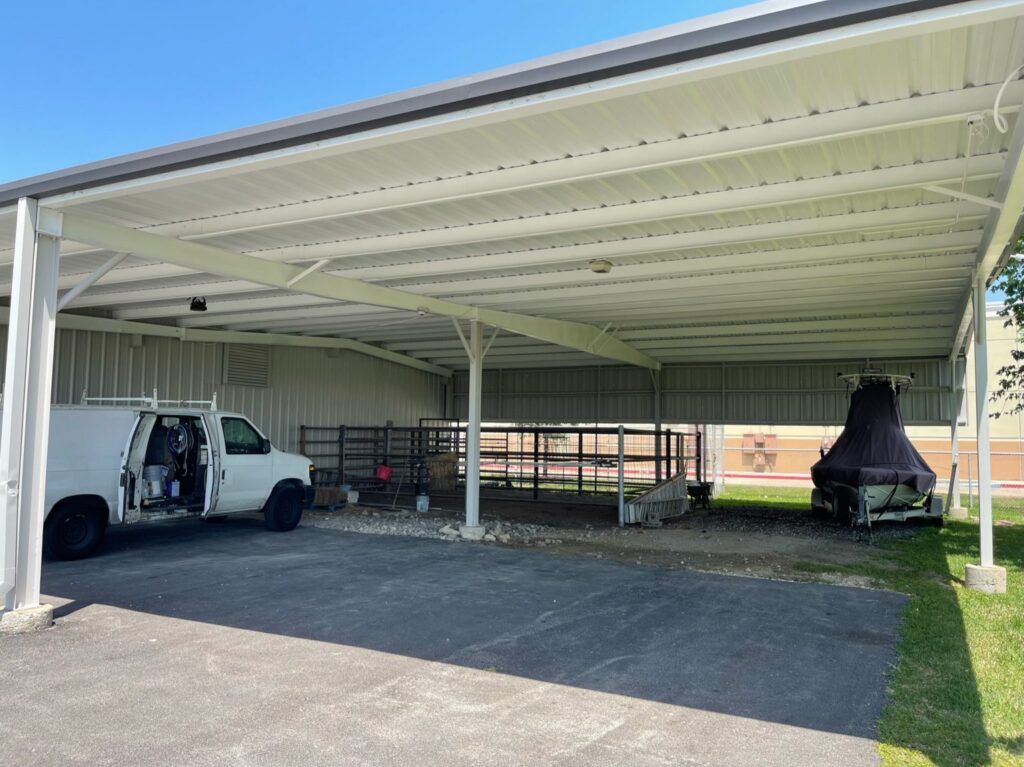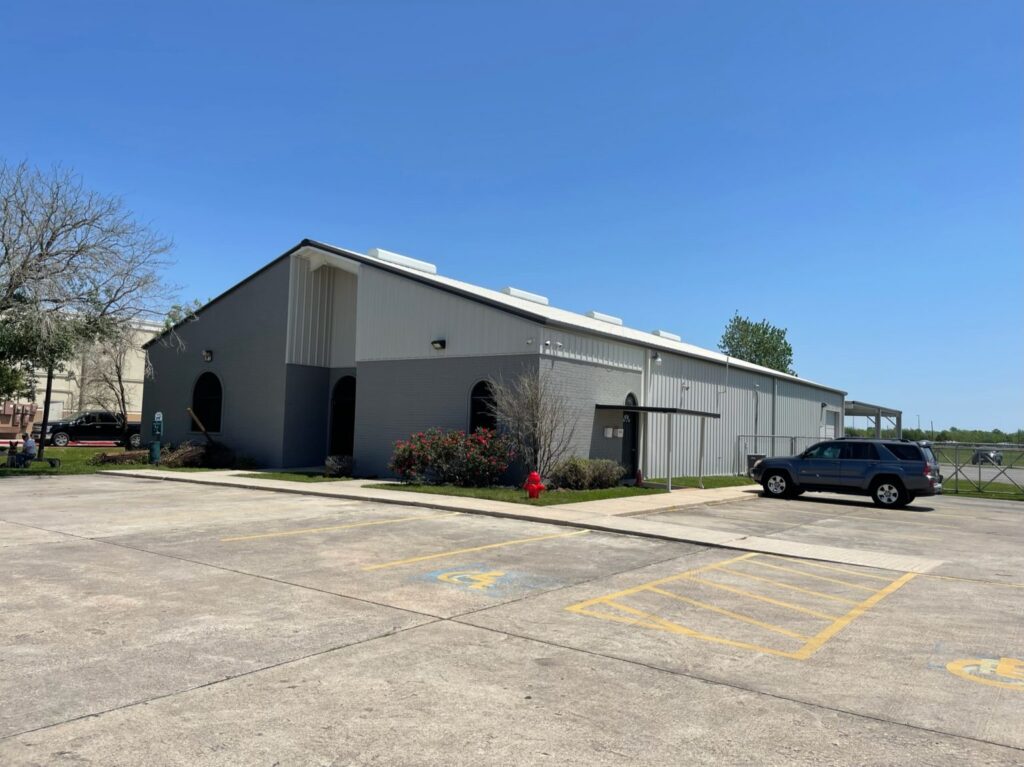Hurricanes can leave your property with extensive commercial paint damage. As daunting as the damage might be, knowing how to assess and address it can expedite your recovery process. This article aims to guide you through essential tips and steps for evaluating both exterior and interior commercial paint damage post-hurricane with valuable insights to commercial property managers, renovation contractors, and other professionals. Recovering from a hurricane involves identifying issues and executing effective restoration strategies. Keep reading to understand how to ensure the longevity and aesthetics of your commercial properties after a hurricane.
Initial Steps for Assessing Commercial Paint Damage
Begin the post-hurricane recovery by conducting a thorough inspection of your property. It’s important to determine the extent of the required repairs. Inspect carefully for visible signs of paint peeling, blistering, or flaking. Look for any cracks or gaps in the paint, as these might indicate underlying damage. Document areas exhibiting signs of water infiltration or mildew growth diligently. It’s advisable to take high-resolution photographs; they’ll be helpful for insurance claims and future restoration efforts.
Assess the Structural Integrity
Beyond the surface, it’s important to examine the exterior walls for any structural damages that could potentially affect the paintwork. Look for any visible cracks, holes, or signs of warping in the building materials. Check areas like loose or damaged siding, brickwork, or stucco. Give particular attention to corners, joints, and areas around windows and doors, where damage often occurs. Make note of any areas where it looks like water may have penetrated beneath the paint surface.
Identify Water Damage Areas
Hurricanes are synonymous with water damage. Identify areas where water has pooled or collected during the hurricane. Discernible water stains or discoloration on the paint surface should be noted. Check for signs of mold or mildew growth in damp areas. Be sure to scrutinize hidden areas behind furniture and fixtures where mold might lurk unnoticed. Using a flashlight, examine dark corners and closets for mold infestations. Strong musty odors warrant comprehensive mold testing, and visible mold needs to be addressed promptly. This insidious fungus can rapidly degrade both paint and underlying wall structures. Do not hesitate to enlist professional mold remediation services if required. Consider using a moisture meter to determine the extent of water saturation in the walls. Creating a list of areas, tackling the worst hit zones first, will streamline your restoration process.
Inspect Ceilings and Walls
Begin with a thorough visual check of ceilings and interior walls. Keep an eye out for signs of damage such as bubbling, peeling, or discoloration. Significantly, water stains could indicate a leaky roof or water penetration from damaged windows. Pay keen attention to any musty smells that could signal concealed mold growth. Additionally, look for warped or swollen drywall areas that could compromise paint adhesion. Remember to document all your findings meticulously with detailed notes and photographs.
Evaluate Building Materials
Finally, always inspect the condition of the materials beneath the commercial paint. The integrity of drywall, plaster, and wood can significantly influence the quality of a repainting job. If these underlying materials are compromised, they would need to be repaired before a fresh coat of paint. Check wooden surfaces for rot or decay, particularly around windows and baseboards. Masonry walls exposed to seawater may manifest salt deposits or efflorescence. Remember to identify places that need resealing to prevent future water entry.
Preventive Measures and Future Planning
Regular Maintenance
Schedule regular inspections to detect and address minor issues before they get worse. It’s worthwhile to keep gutters and downspouts clean to circumvent water from pooling near the building. Make an effort to trim trees and vegetation near the property to minimize the risk of further damage during future storms. Regularly check and repair caulking around windows, doors, and other openings to prevent seepage. A well-maintained, up-to-date maintenance log can be invaluable in tracking undertaken inspections and late repairs.
Investing in Quality Materials
High-quality, storm resistant paints and coatings are a solid investment for the long-term quality of the property. It’s advisable to engage professional painting services that specialize in handling post-hurricane damage restoration. Using quality primers and sealants designed to withstand brutal weather conditions can help protect against future damage. Implement safeguards, such as water-resistant barriers and moisture-blocking treatments, to increase resistance against water intrusion. Periodically reviewing and upgrading building materials to guarantee they meet current safety standards can also contribute towards damage prevention.
Emergency Planning
Creating an emergency response plan outlines the steps to take automatically before, during, and after a hurricane. Make sure your team is well trained in rapid damage assessment and immediate repair protocols. Keeping essential repair supplies easily within reach allows for a quick response right after a hurricane. Establishing a relationship with a trusted painting and restoration company is beneficial for addressing emergencies. Annually reviewing and revising your emergency plan is crucial to staying aligned with best practices and learnings from past hurricane seasons.
Moving Forward with Confidence
Emphasizing the effect of a thorough inspection to identify the full extent of harm and underlying problems is of utmost importance. It’s crucial to profile the role of top-notch materials and professional restoration services for protecting your property in the long term. These are all things Painting Professional, Inc. are certified and readily equipped to help you do. We encourage you to engage in proactive maintenance and planning to minimize possible damage from future storms. With the correct evaluation and immediate action, you can confidently restore and protect your commercial property.




